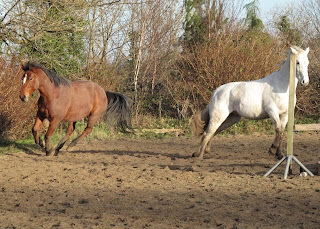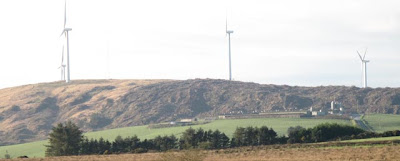
Three days without water has not been fun and in despiration today called the plumber after trying a long list of fixes that all involved fiddling with spanners, water, compressors in a small, cold, dark shed.
So Phoebe, next time the pump stops pumping water, this is a reminder of what you learned this time.
If you can't prime the pump, 90% chance the problem is in the well, and probably the foot value. If it takes more than 5 gallons to prime it, that is a problem.
If there is a problem with the pressure tank, the pump will keep pumping, it will just keep kicking in and out.
This is a jet pump, and the top pipe going into the pump in the in, and the bottom one the out back to the foot valve.
You can prime through either the pressure reslease plug or the other plug next to it - makes no difference.
The pressure in the pressure tank should be the same as the point at which the pump cuts in, ie. the lower of the two pump pressures + a bit for luck. Pump currently set to cut in at 20 and out at 40. To repressurise the tank, turn off the pump, open a tap before pressurising with strong compressor (the little one on the jump start kit is not man enough).
Takes about 4 gallons to prime the pipes enough to run the pump - pipes are about 70ft long.
AND DON'T PUT ANY FITTINGS WHICH ARE NOT PLASTIC OR BRASS IN THE WELL.
The problem in this case was an iron fitting on the foot value which had rotted in exactly, to the day, 5 years since it was fitted.
And before the next time, get the pipe from the spring fixed and the hand pump working so it not such a drama!















